Spain’s winemaking tradition stretches back thousands of years, with vineyards planted by ancient Phoenicians, expanded by Romans, and sustained even during centuries of Moorish rule—when alcohol consumption was forbidden but wine production continued for medicinal and export purposes.
Today, Spain boasts the world’s largest vineyard acreage, producing wines that reflect its diverse landscapes, microclimates, and cultural influences. From the mist-shrouded vineyards of Galicia to sun-baked plains in La Mancha, Spanish wine regions offer visitors authentic experiences connecting land, culture, and viticulture.
Here is a list of 16 exceptional places across Spain where travelers can experience truly local wines in their natural context.
Rioja Wine Route
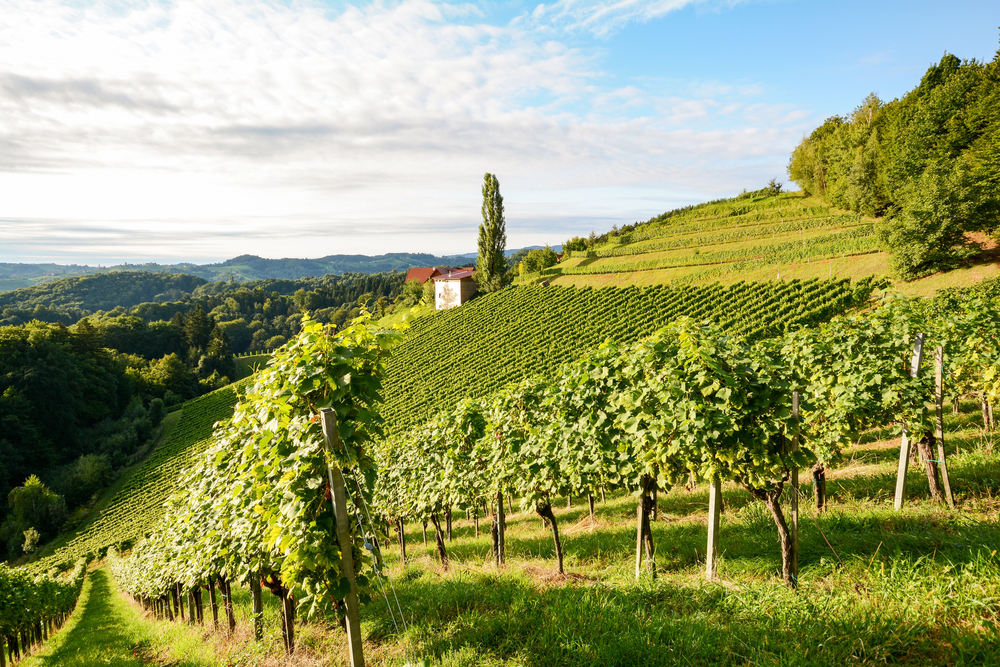
Spain’s most internationally recognized wine region stretches along the Ebro River valley, where medieval villages perch above a sea of vineyards that change color dramatically with the seasons. The area focuses primarily on Tempranillo-based reds aged in American oak barrels, creating vanilla notes that complement the grape’s cherry-leather profile.
Historic wineries like López de Heredia maintain traditions established in the 1800s, using methods unchanged for generations—including fermenting in enormous wooden vats and aging in underground cellars lined with black mold that naturally regulates humidity. Modern architectural marvels contrast with these traditional bodegas, notably Frank Gehry’s ribbon-like metallic structure at Marqués de Riscal and Santiago Calatrava’s undulating aluminum building at Bodegas Ysios.
Penedès Cava Country
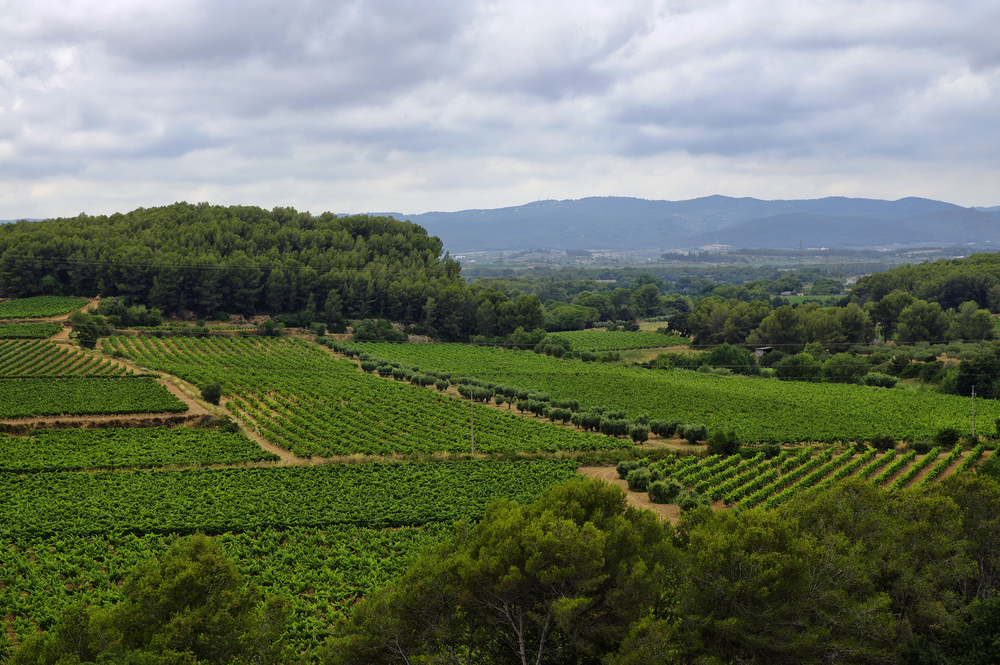
This Catalan region southwest of Barcelona produces Spain’s premier sparkling wine using the traditional method but with indigenous varieties like Xarel-lo, Parellada, and Macabeo instead of Champagne’s grapes. Family estates dating back centuries dot the Mediterranean-influenced landscape, many offering tours of deep underground aging cellars where millions of bottles slowly develop complexity through secondary fermentation.
The town of Sant Sadurní d’Anoia serves as the epicenter of production, home to both industrial giants like Freixenet and small artisanal producers committed to organic practices. Visitors can arrange vineyard picnics featuring local charcuterie and cheeses paired with different cava styles—from bone-dry Brut Nature to fruit-forward Rosado made with the red Trepat grape.
Like Travel Pug’s content? Follow us on MSN.
Ribera del Duero Heights
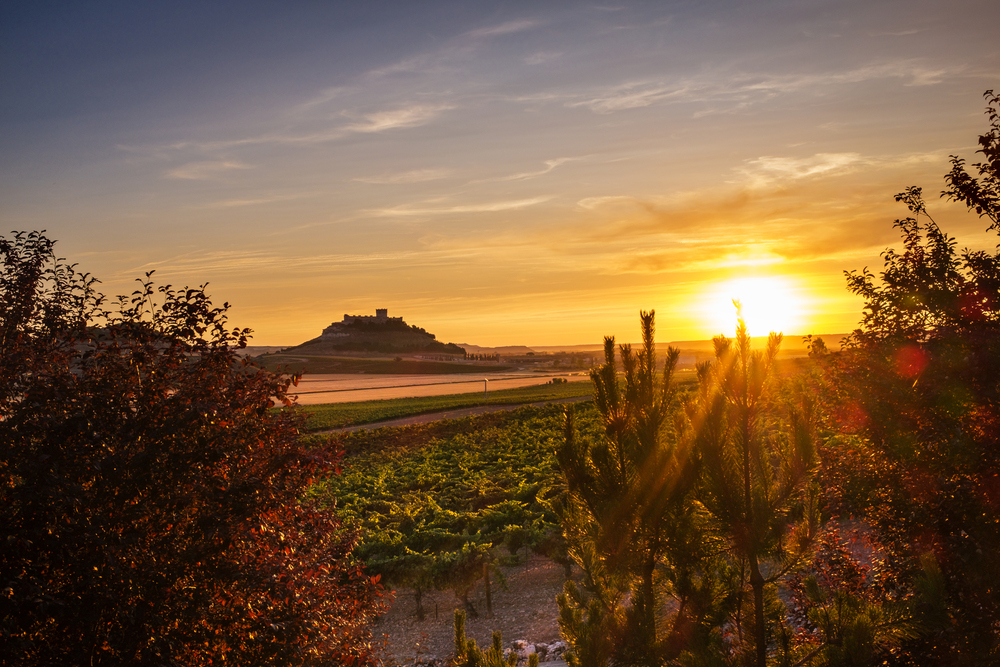
This high-altitude plateau in north-central Spain subjects vines to extreme temperature fluctuations—scorching days and frigid nights—creating intensely concentrated Tempranillo grapes (locally called Tinto Fino). The region remained relatively unknown internationally until the 1980s despite producing wines for over 2,000 years, as evidenced by Roman wine presses carved into local bedrock.
Medieval underground cellars honeycomb villages like Peñafiel, where the castle now houses a wine museum explaining the region’s viticultural history. Top estates like Vega Sicilia trace their origins to the 19th century, while new boutique wineries have proliferated in recent decades, raising quality standards throughout the appellation with modern techniques applied to traditional varieties.
Rías Baixas Albariño Coast
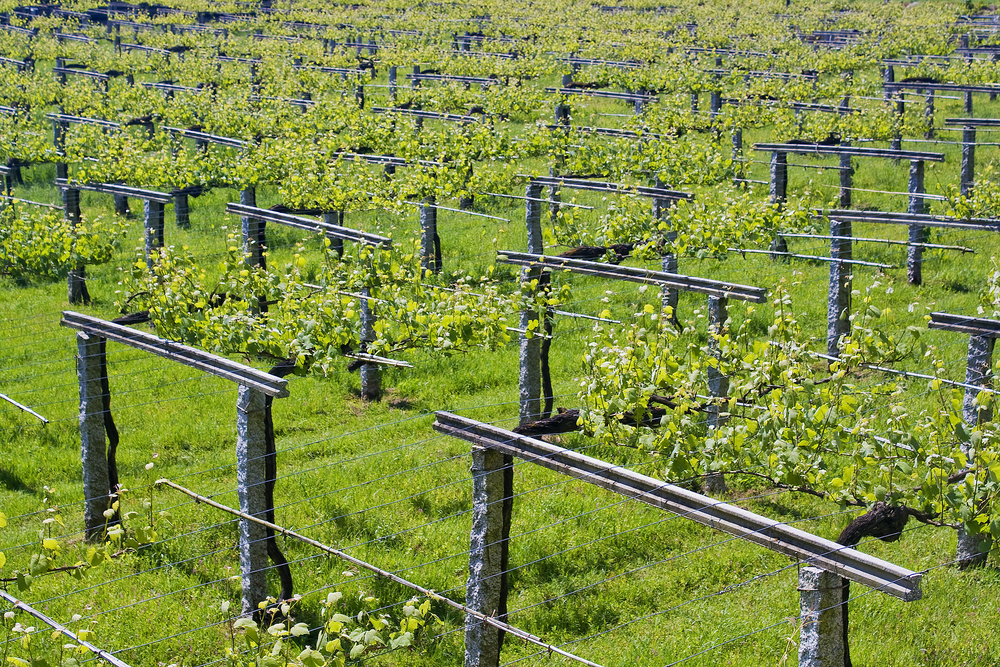
Galicia’s Atlantic coastline features Spain’s most distinctive white wine landscape, where granite posts support vines trained on pergolas high above the damp ground to capture ocean breezes and prevent fungal diseases in this rainy region. The resulting Albariño wines offer saline minerality and vibrant acidity that perfectly complement the region’s seafood abundance.
Small family vineyards, often less than a hectare, surround stone farmhouses with distinctive hórreos—elevated granaries that now often store winemaking equipment. The town of Cambados hosts the annual Albariño Festival each August, transforming into a massive open-air tasting room where over 50 producers showcase the versatility of this aromatic variety through diverse winemaking approaches.
Sherry Triangle

Three towns in Andalusia—Jerez de la Frontera, Sanlúcar de Barrameda, and El Puerto de Santa María—form the vertices of a region producing Spain’s most complex fortified wines through the solera system of fractional blending. Historic bodegas feature soaring cathedral-like spaces where wines age under veils of flor yeast in the case of Fino and Manzanilla styles or oxidatively for Amontillado and Oloroso variations.
The region’s chalky albariza soil reflects sunlight onto the Palomino grape vines, while proximity to the Atlantic moderates temperatures and provides the ideal humidity for biological aging. Tabancos (traditional sherry taverns) offer vertical tastings directly from barrels, accompanied by local specialties like mojama (cured tuna) or chicharrones (pressed pork rinds).
Like Travel Pug’s content? Follow us on MSN.
Priorat Slate Slopes
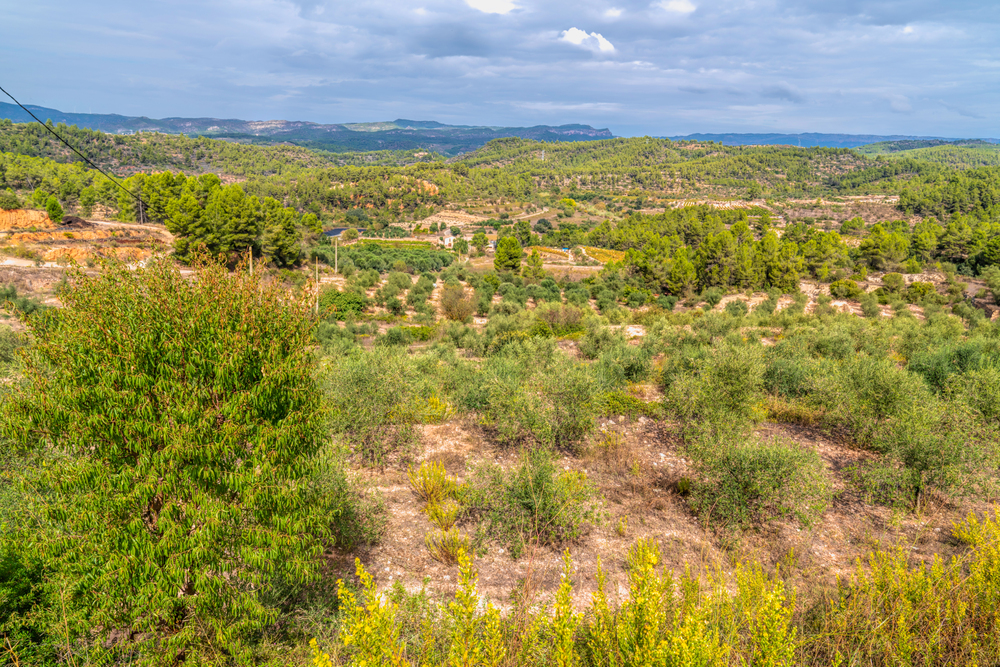
This remote Catalan region features some of Europe’s most dramatic vineyard landscapes, where terraced plots cling to vertiginous slopes composed of llicorella—a distinctive black slate that stores daytime heat and imparts pronounced minerality to the wines. Old-vine Garnacha and Cariñena struggle in this harsh environment, producing tiny quantities of intensely concentrated grapes that create powerful wines with remarkable aging potential.
The area remained in obscurity until the 1990s, when pioneering winemakers recognized the exceptional terroir and revitalized abandoned vineyards, rapidly elevating Priorat to Spain’s second Denominación de Origen Calificada after Rioja. The village of Gratallops serves as the unofficial capital, with several top producers clustered around its medieval core.
Txakoli Coast
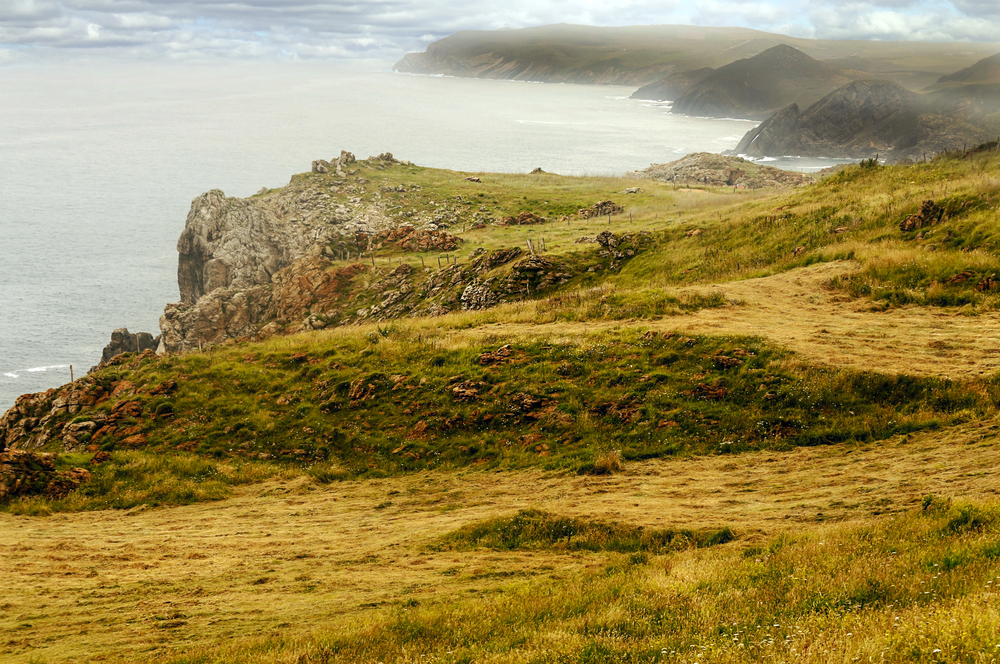
The Basque Country’s signature wine experience involves the theatrical pouring of slightly effervescent Txakoli from height into wide glasses, aerating the wine and showcasing its distinctive spritz. Vineyards cling to steep coastal slopes between San Sebastián and Bilbao, where Atlantic influence creates ideal conditions for the indigenous Hondarrabi Zuri grape.
Traditional Txakolindegis (Txakoli houses) serve the local wine alongside pintxos (Basque tapas) like Gilda—skewers of anchovy, olive, and pickled pepper that perfectly complement the wine’s high acidity and subtle salinity. The fishing village of Getaria features several producers open for visits, where tastings often include views of the Bay of Biscay vineyards that produce this distinctively Basque contribution to Spain’s wine culture.
Rueda Plains
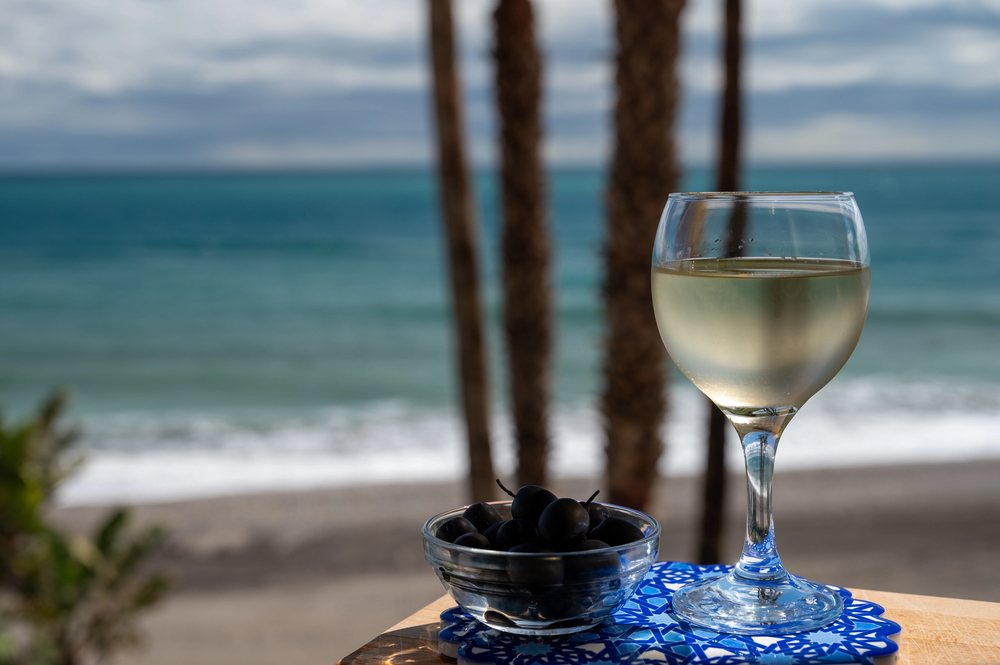
Central Spain’s high plateau northwest of Madrid specializes in the aromatic Verdejo grape, which produces whites with distinctive fennel and anise notes balanced by cleansing acidity. The extreme continental climate—with temperatures ranging from below freezing to over 100°F—creates stress that concentrates flavors in the grapes while maintaining freshness.
Ancient underground cellars carved into limestone offer natural temperature control, some dating to the 16th century, when the region first gained fame for its whites. The flat landscape allows for extensive mechanization, making this one of Spain’s most modernized wine regions despite its long history. Local mesones (taverns) in towns like La Seca serve simple Castilian dishes alongside various Verdejo styles—from youthful unoaked versions to more complex barrel-fermented expressions.
Like Travel Pug’s content? Follow us on MSN.
Bierzo Valley
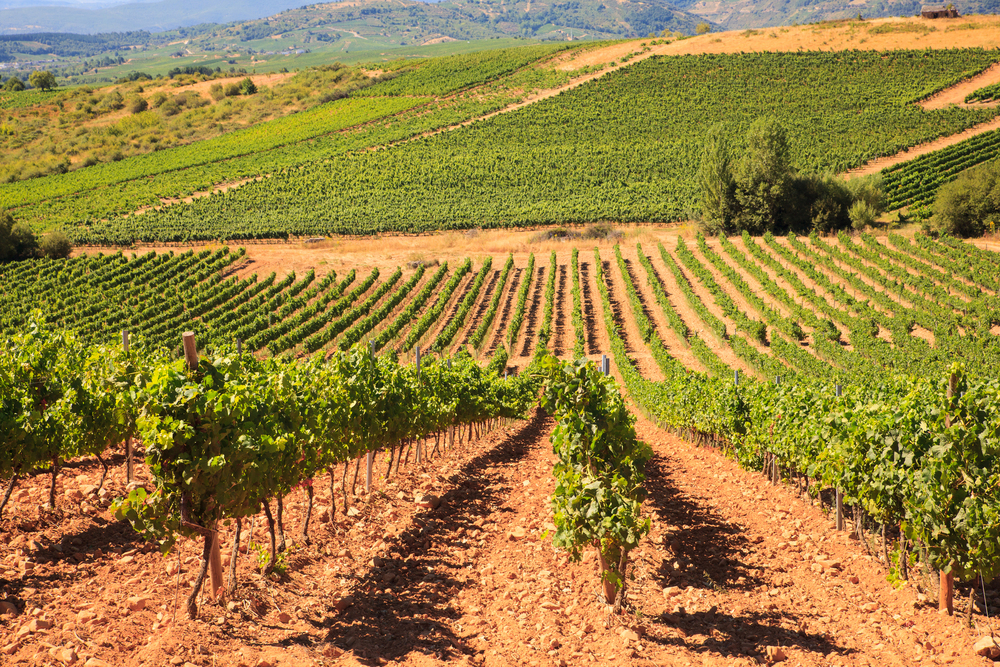
This remote northwestern region bordering Galicia remained largely unknown until recent decades when ambitious winemakers discovered ancient Mencía vineyards planted on steep slopes. The area’s isolation preserved these old vines through the phylloxera epidemic that devastated most European vineyards in the late 19th century. Medieval monasteries established many vineyards, with monks developing techniques suited to the region’s Atlantic-influenced continental climate.
The town of Cacabelos hosts regular markets where small producers sell directly to consumers, often pouring from unlabeled bottles filled directly from their family cellars. Traditional slate-roofed bodegas built into hillsides maintain natural temperature control, while contemporary architects have designed striking modern facilities that complement the region’s dramatic topography.
Jumilla Monastrell Country
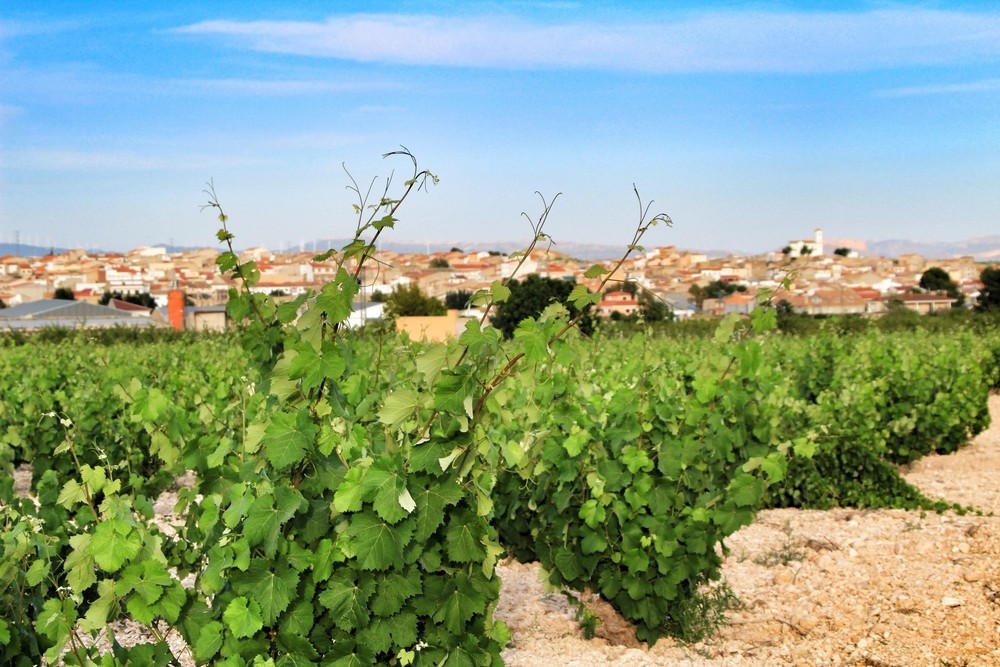
This sun-baked southeastern region specializes in the heat-loving Monastrell grape (known as Mourvèdre in France), which produces deeply colored, high-alcohol wines with distinctive gamey notes and firm tannins. The extreme climate—with minimal rainfall and intense summer heat—creates naturally low yields and concentrated fruit. Many vineyards stand on their original rootstock, having survived phylloxera due to the sandy soils that repel the root-destroying insect.
Traditional cave-like bodegas carved into hillsides maintain cool temperatures despite the scorching climate, while modern facilities have introduced temperature-controlled fermentation to preserve fruit character. Local restaurants serve hearty game dishes like a rabbit with garlic alongside robust Monastrell wines that can stand up to such flavorful cuisine.
Mallorca Wine Trail
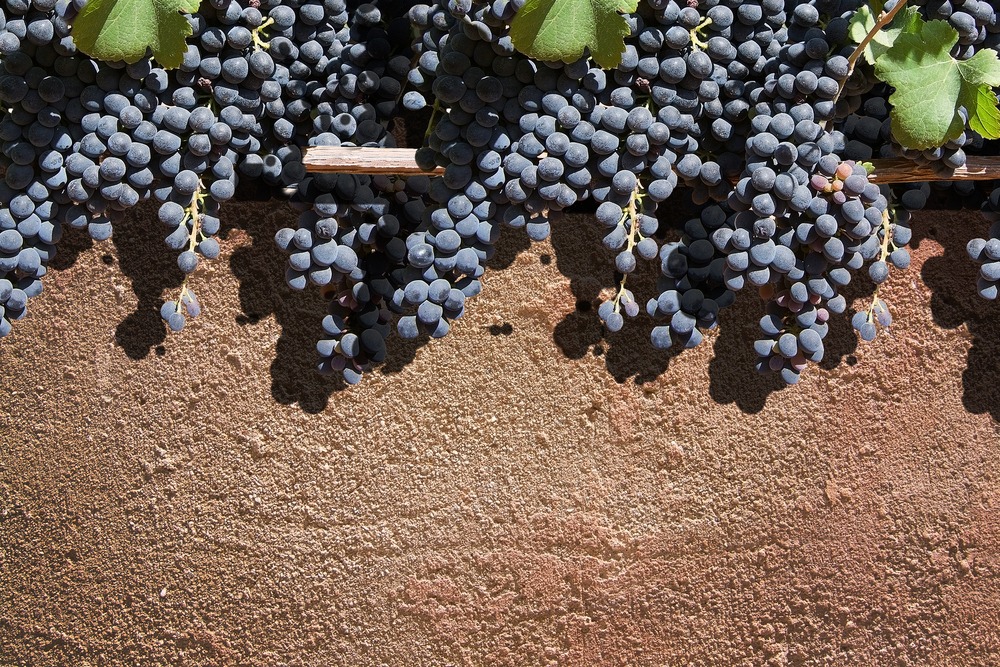
The largest Balearic island features distinctive vineyard landscapes ranging from terraced Mediterranean coastal plots to high-altitude sites in the Serra de Tramuntana mountains. Indigenous varieties like Callet, Manto Negro, and Premsal Blanc create wines unlike any on the mainland, often with distinctive saline qualities from sea breezes.
Historic wineries around Binissalem maintain traditional architecture featuring interior courtyards and distinctive arched stonework, while newer operations have reclaimed abandoned agricultural land throughout the island. The wine route connects diverse microclimates across Mallorca, from the central plains to coastal vineyards, each producing wines that reflect their specific terroir while maintaining a distinctive island character influenced by centuries of diverse cultural influences from Phoenician to Catalan.
Like Travel Pug’s content? Follow us on MSN.
Valdeorras Slate Terraces
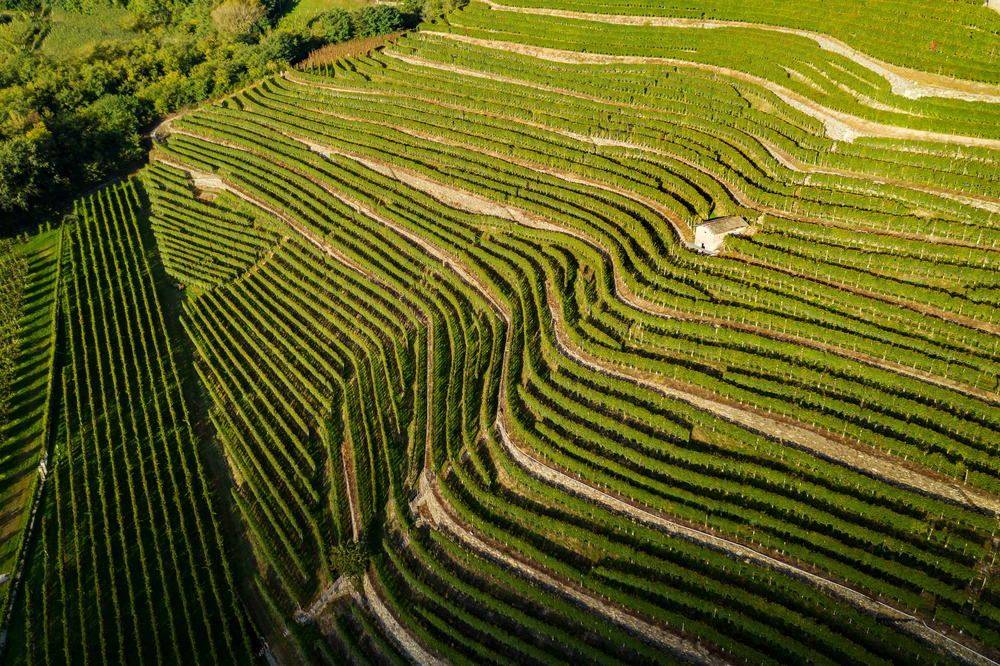
This small Galician region specializes in the aromatic Godello grape, grown on terraced vineyards carved from steep slate mountainsides along the Sil River canyon. Roman gold miners first established vineyards here two millennia ago, with evidence of their presence still visible in ancient stone lagares (wine presses) carved into hillsides.
The area’s extreme topography creates multiple microclimates within short distances, while the slate soils retain heat and impart distinctive minerality to the wines. Traditional cultivation methods persist on the steepest sites where mechanization remains impossible, with grapes still harvested by hand and transported in small baskets. Local village festivals during harvest season feature traditional bagpipe music reflecting Galicia’s Celtic heritage while celebrating each vintage.
Toro Power
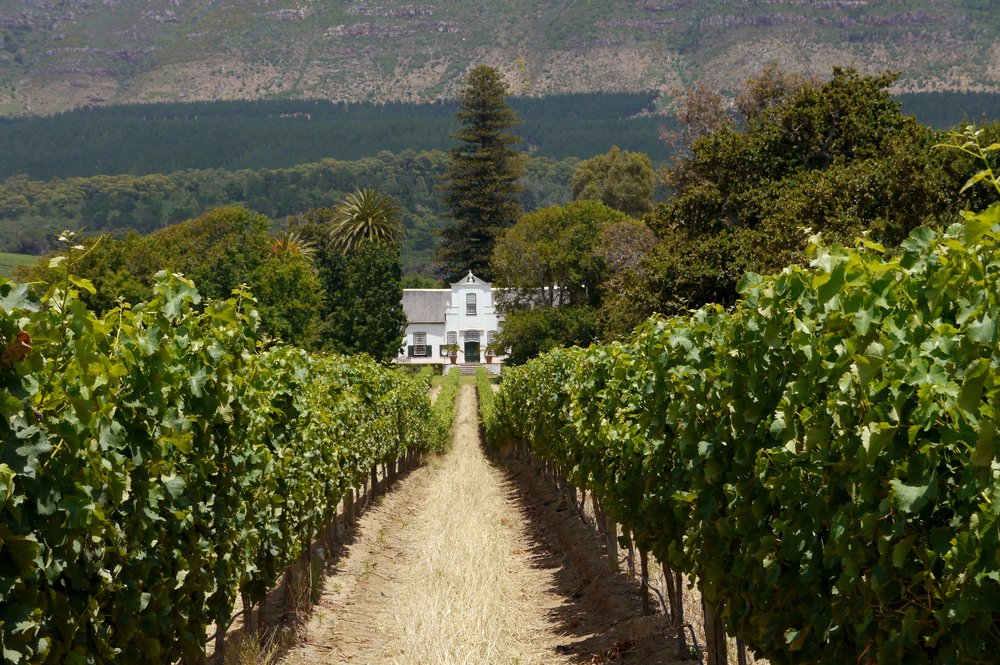
This ancient wine region along the Duero River produced such powerful wines that they reportedly accompanied Spanish conquistadores to the Americas, surviving long sea voyages due to their robust structure. The local clone of Tempranillo (called Tinta de Toro) develops exceptionally thick skins in response to the extreme continental climate, creating intensely colored wines with formidable tannins and aging potential.
Pre-phylloxera vineyards planted directly in sandy soils without grafting still produce fruit from ungrafted vines over a century old, their gnarly trunks testifying to decades of drought and temperature extremes. Family bodegas in villages like Morales de Toro maintain traditional practices including foot-treading grapes in open stone lagares during harvest celebrations that preserve community winemaking traditions.
Somontano Foothills
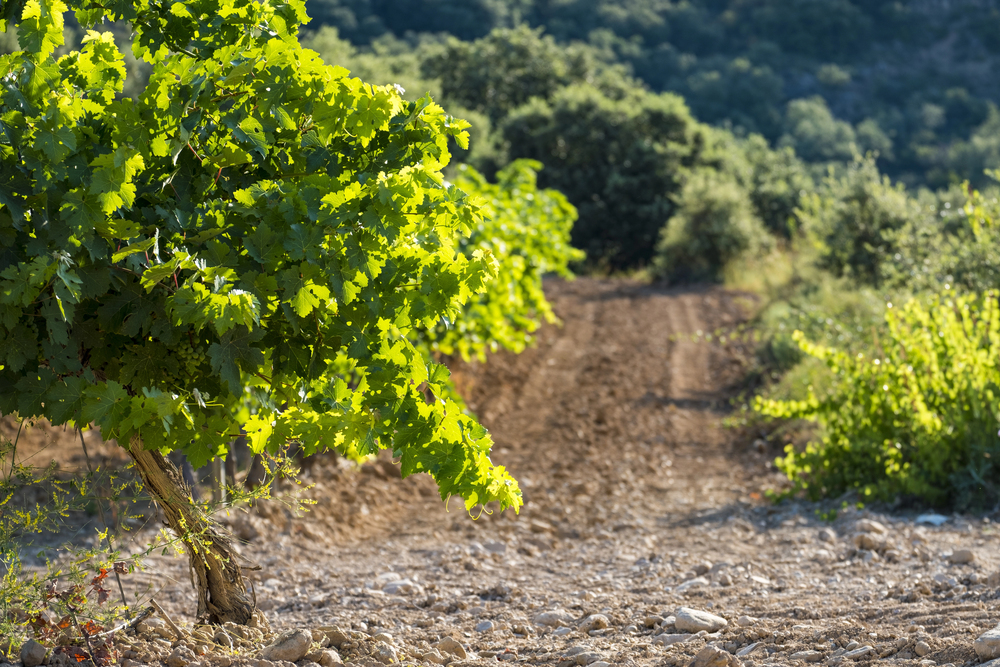
The Pyrenees Mountains provide a dramatic backdrop for this northeastern region, where vineyards occupy the transition zone between mountains and plains. The protected location creates a mild microclimate despite the high altitude, allowing both indigenous varieties and international grapes to thrive. Medieval monasteries established early vineyards, with stone buildings now repurposed as modern wineries that blend historical architecture with contemporary technology.
The town of Barbastro serves as the wine route hub, with a dedicated museum explaining the region’s viticultural history from Roman times through phylloxera devastation and modern revival. Local restaurants pair Somontano wines with traditional Aragonese cuisine including hearty lamb dishes and vegetable stews that complement the region’s balanced wines.
Like Travel Pug’s content? Follow us on MSN.
Lanzarote Moon Landscape
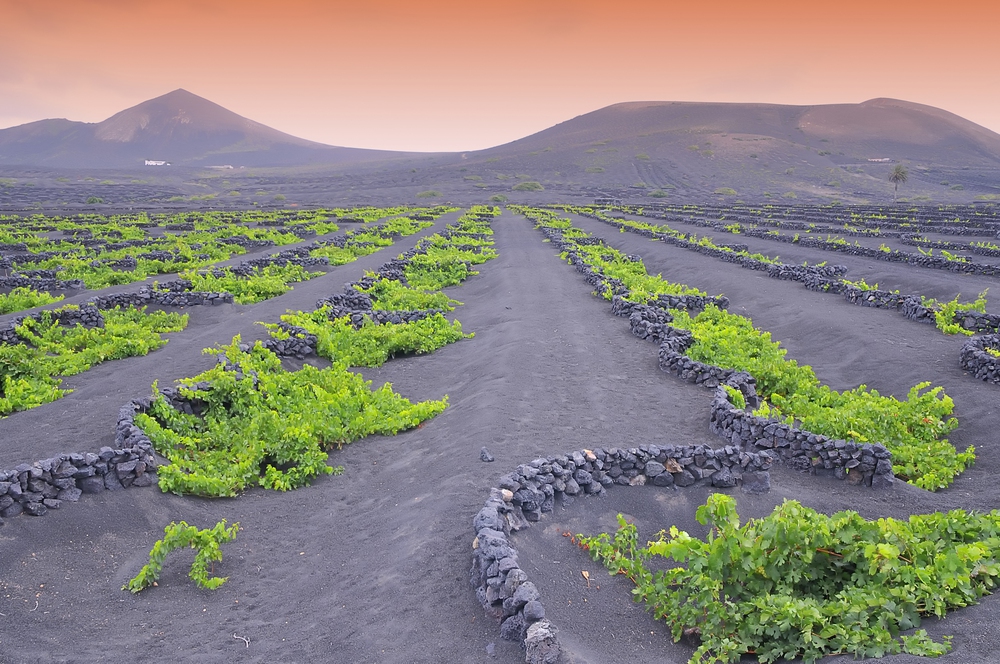
Perhaps Spain’s most visually striking wine region exists on this volcanic Canary Island, where each vine grows in an individual crescent-shaped rock hollow dug into black volcanic ash. These protective depressions shield plants from constant trade winds while capturing overnight dew—often the only moisture vines receive in this arid environment. The indigenous Malvasía Volcánica grape thrives in this harsh landscape, producing aromatic whites with distinctive smoky minerality reflecting the volcanic terroir.
The La Geria district presents an otherworldly vineyard landscape unlike anywhere else on earth, with orderly black ash fields punctuated by thousands of stone semicircles containing individual vines. Wineries built from volcanic stone blend seamlessly into this lunar-like environment, offering tastings of wines that literally extract their character from solidified lava.
Sierra de Gredos Garnacha
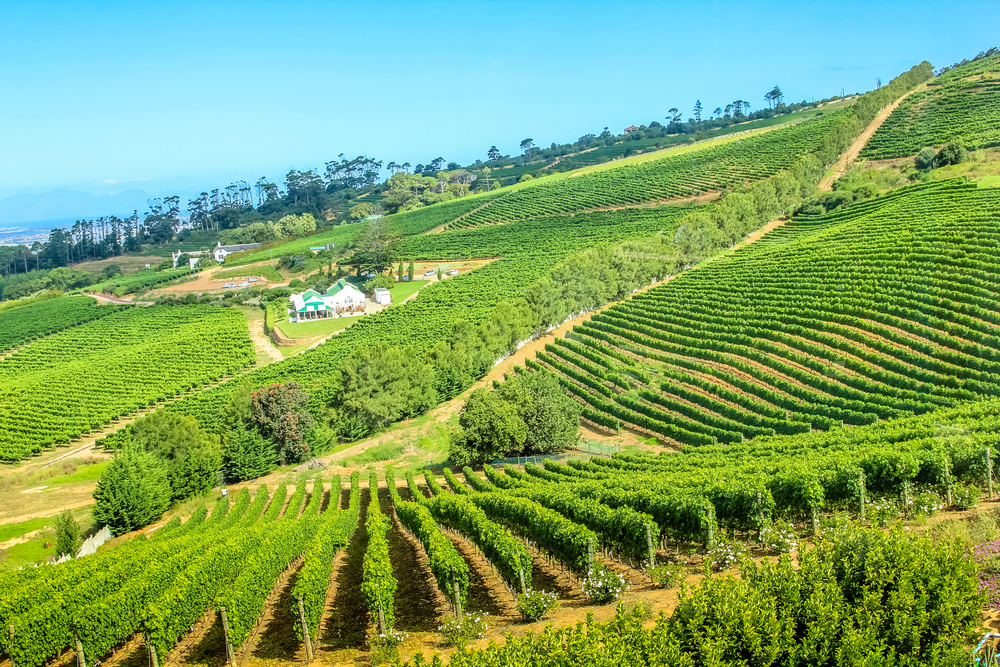
This mountainous region northwest of Madrid has emerged as Spain’s most exciting area for high-altitude Garnacha, with vineyards climbing granite slopes up to 4,000 feet above sea level. The extreme elevation creates dramatic temperature fluctuations between day and night, allowing grapes to develop complex flavors while maintaining vibrant acidity. Ancient vines—many over a century old—grow as gnarled bushes trained close to the ground for protection from harsh mountain winds.
Traditional practices persist in remote villages where families make wine primarily for local consumption, some still treading grapes by foot in granite lagares and aging in ancient clay amphorae. The region’s wines express remarkable terroir transparency, with adjacent vineyards producing noticeably different flavor profiles based on subtle variations in elevation, exposure, and granite composition.
From Past to Future in Every Glass

Spain’s wine landscapes represent a living cultural heritage, where ancient traditions continue evolving through each vintage. From Roman press houses to ultramodern architectural statements, the country’s wineries connect visitors to both history and innovation. Regional grape varieties that nearly disappeared during modernization have found new appreciation through dedicated winemakers preserving Spain’s viticultural diversity.
Whether sipping crisp Albariño beside Atlantic seafood markets or robust Tempranillo in medieval castle shadows, Spanish wine experiences offer authentic connections to landscapes shaped by generations of winegrowers—each glass telling stories of the specific place where soil, climate, tradition, and innovation converge in liquid form.
Like Travel Pug’s content? Follow us on MSN.
More from Travel Pug

- Cities Growing so Fast You Won’t Recognize Them in 10 Years
- 13 Destinations Where Tourists Regularly Regret Their Trip
- 16 U.S. Cities That Are Quietly Becoming Travel Hotspots
- Where to Travel If You Love Long Bus Rides and Daydreams
- 20 Cities Perfect for Solo Travelers Who Crave Adventure & Culture
Like Travel Pug’s content? Follow us on MSN.
